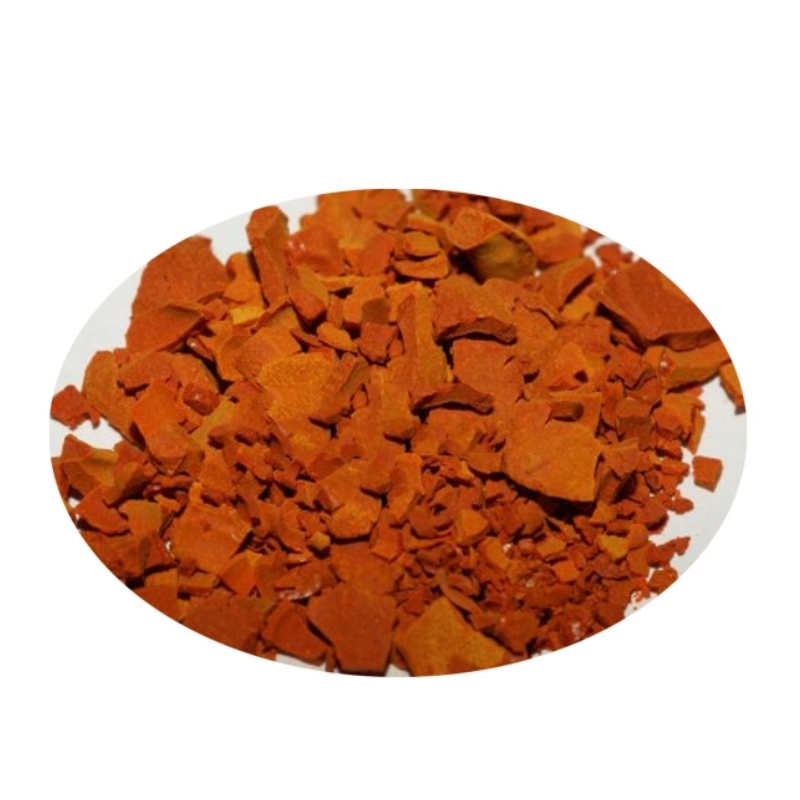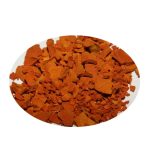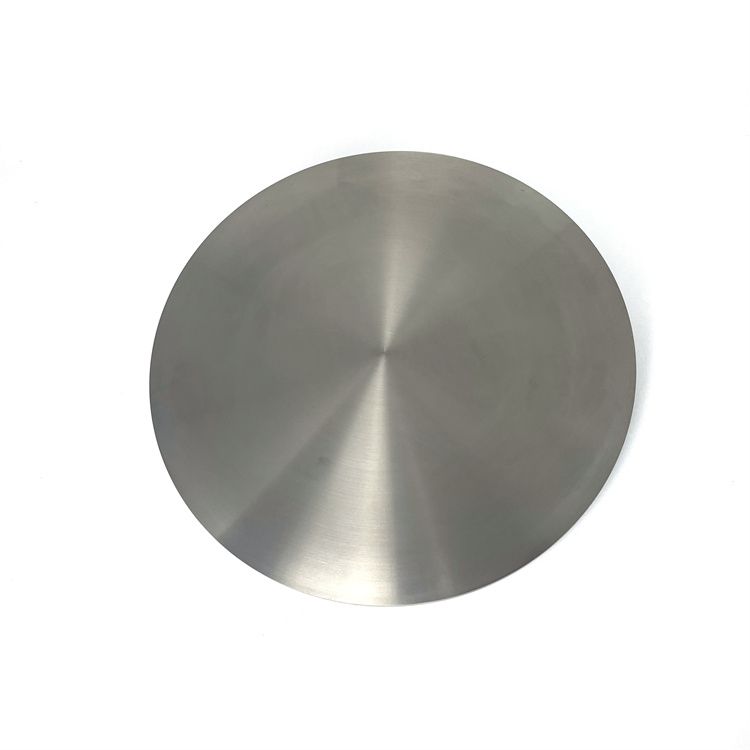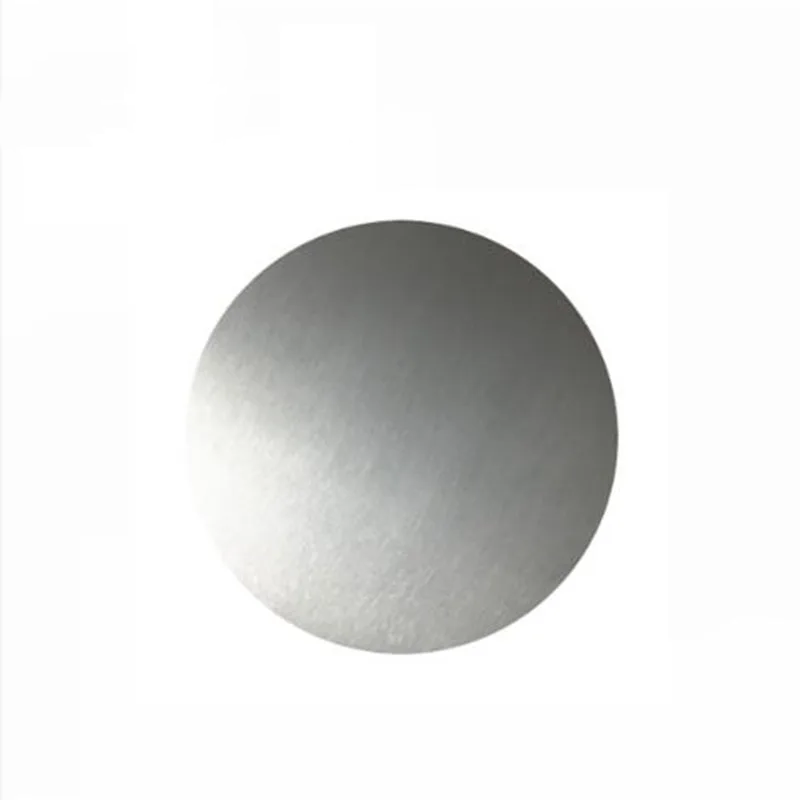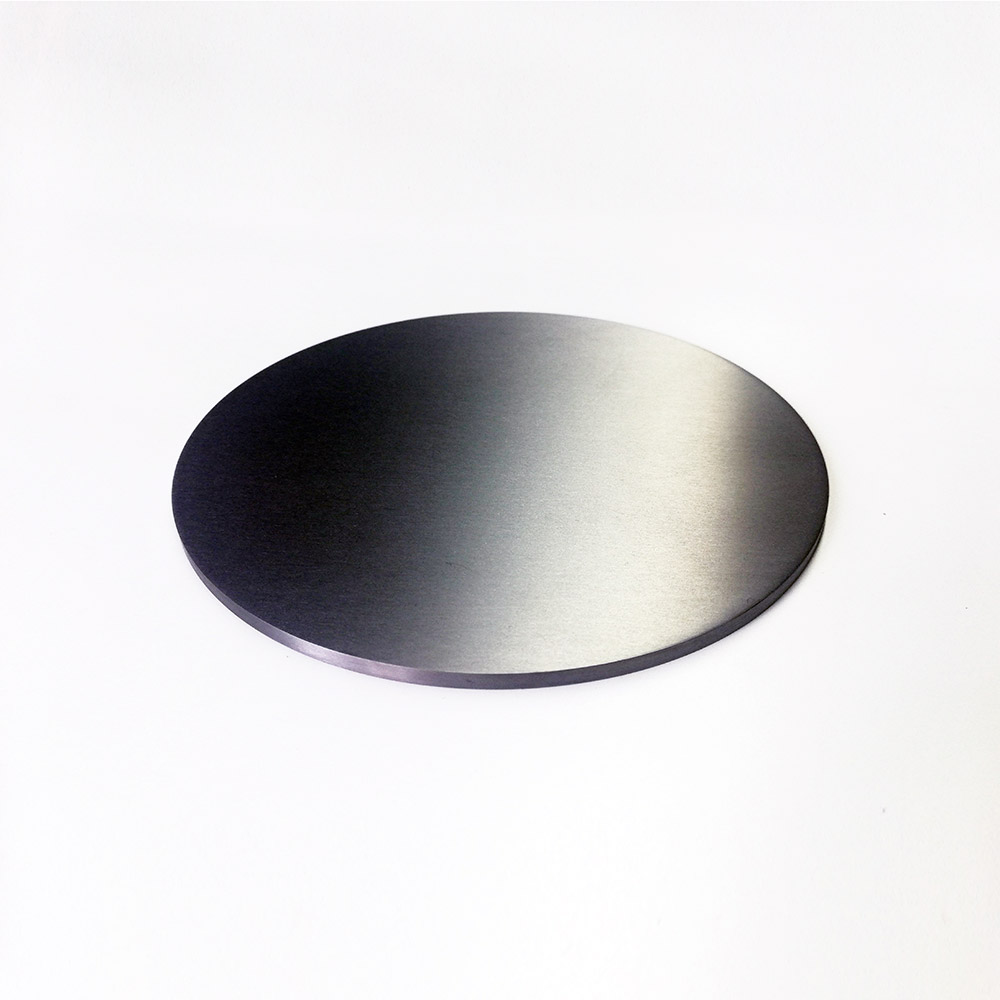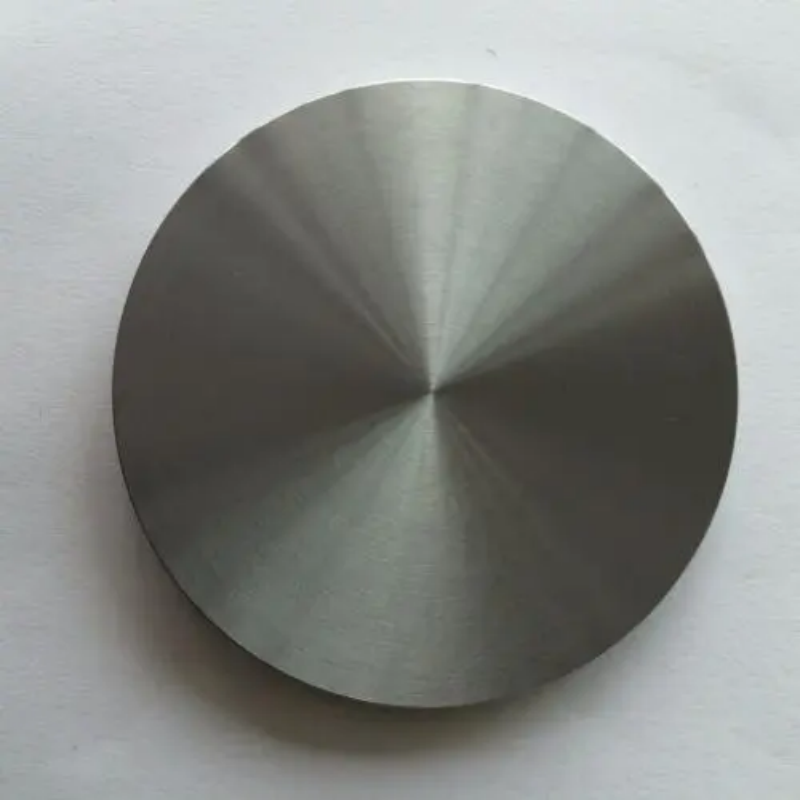Cadmium sulfide (CdS) is a high-purity semiconductor material known for its excellent optical properties, chemical stability, and photoelectric conversion efficiency. It is widely used in photovoltaic cells, electronic components, optical sensors, and pigment formulations. Due to its superior light absorption and energy conversion capabilities, cadmium sulfide plays a crucial role in precision engineering, scientific research, and specialized industrial applications.
Product Description
Cadmium Sulfide (CdS) is an inorganic compound that appears as yellow or orange-red powder. It has a high melting point (1750°C) and density (4.826 g/cm³). It is slightly soluble in water and soluble in acids, and can be produced by passing hydrogen sulfide gas into an acidic solution of cadmium salts. Cadmium Sulfide crystals come in two types: α-type (lemon-yellow powder) and β-type (orange-red powder). High-purity CdS exhibits excellent semiconductor properties and generates a strong photoconductive effect in visible light, making it widely used in optoelectronic technology.
Product Features
- High purity (4N), ensuring excellent semiconductor performance.
- Strong photoconductive effect, suitable for use in phototubes and solar cells.
- Custom sizes and specifications available to meet customer requirements.
- Good stability, suitable for a wide range of industrial applications.
Applications
- Enamel, Glass, and Ceramic Coloring: Cadmium Sulfide is widely used for coloring enamel, glass, ceramics, and plastics, especially in the production of yellow and orange pigments.
- Electronic Fluorescent Materials: Used in the manufacturing of fluorescent materials for the electronics industry.
- Optoelectronic Applications: High-purity CdS is extensively used in phototubes, solar cells, and other optoelectronic technologies.
- Paints and Coatings: As a stable coloring agent, Cadmium Sulfide is commonly used in the paint and coating industry.
 new material
new material

